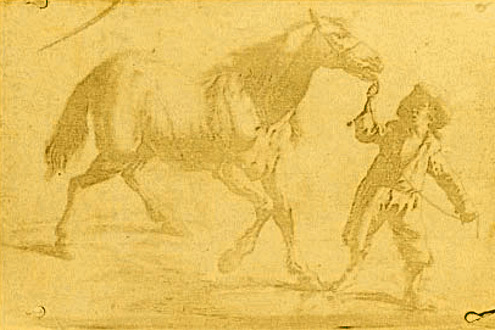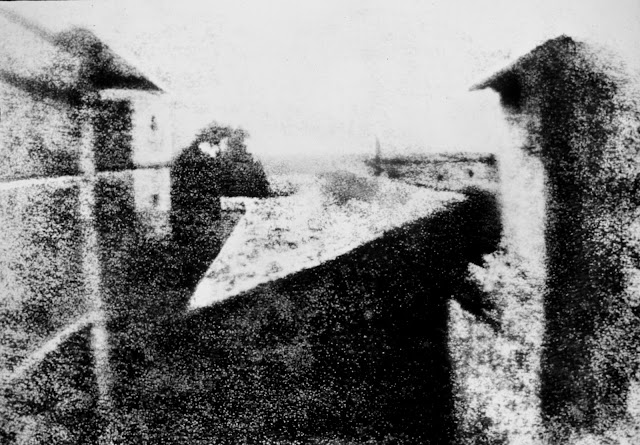Remembering Nicéphore Niépce, Author of World’s First Known Photograph
Photography News/ Born 246 years ago today, on March 7, 1765, JosephNicéphore Niépce was a French inventor, most noted for producing the world’s first known photograph in 1825.
By the age of thirty, Niépce had been a professor at an Oratorian college, a staff officer in the French army, and the Administrator of the district of Nice, France. In 1795, Niepce resigned from his position as administrator of Nice to returned to Chalon-sur-Saône –his birthplace– and pursue research with his brother Claude.
Never one to stick with one pursuit for too long, he had become fascinated with popular art of lithography by 1813. Since Niepce himself had no artistic talent, his son Isadore would make the designs for his lithographs. Niepce would place engravings (which he made transparent) on plates coated with light-sensitive varnishes and expose them to sunlight through a process he called heliography, which literally means “sun writing”.
Niépce took what is believed to be the world’s first photogravure etching, in 1822, of an engraving of Pope Pius VII, but the original was later destroyed when he attempted to duplicate it. The earliest surviving photogravure etchings by Niépce are of a 17th century engraving of a man with a horse and of an engraving of a woman with a spinning wheel.
 |
| The oldest heliographic engraving known in the world. Reproduction of a 17th century Flemish engraving, showing a man leading a horse. Made by the French inventor Nicéphore Niépce in 1825, with an heliography technical process. The Bibliothèque nationale de France bought it 450,000 € in 2002, deeming it as a “national treasure”. |
When his son Isadore was called up for military service, Niépce decided to find a way to produce images directly from nature.
Niépce sterted experimenting with silver chloride, which darkens when exposed to light, but eventually looked to bitumen, which he used in his first successful attempt at capturing nature photographically. He dissolved bitumen in lavender oil, a solvent often used in varnishes, and coated the sheet of pewter with this light capturing mixture. He placed the sheet inside a camera obscura to capture the picture, and eight hours later removed it and washed it with lavender oil to remove the unexposed bitumen. He began experimenting to set optical images in 1793. Some of his early experiments made images, but they faded very fast. The earliest known, surviving example of a Niépce photograph was created in 1825.
 |
| View from the Window at Le Gras, the first successful permanent photograph created by Nicéphore Niépce in 1825, Saint-Loup-de-Varennes. Captured on 20 × 25 cm oil-treated bitumen. Due to the 8-hour exposure, the buildings are illuminated by the sun from both right and left. |
Starting in 1829 he began collaborating on improved photographic processes with Louis Daguerre, and together they developed the physautotype, a process that used lavender oil. The partnership lasted until Niépce’s death in 1833. Daguerre continued with experimentation, eventually developing a process that little resembled that of Niépce and naming it the “Daguerréotype“.
The Niépce Prize has been awarded annually since 1955 to a professional photographer who has lived and worked in France for over 3 years. It was introduced in honour of Nièpce by Albert Plécy of the l’Association Gens d’Images.